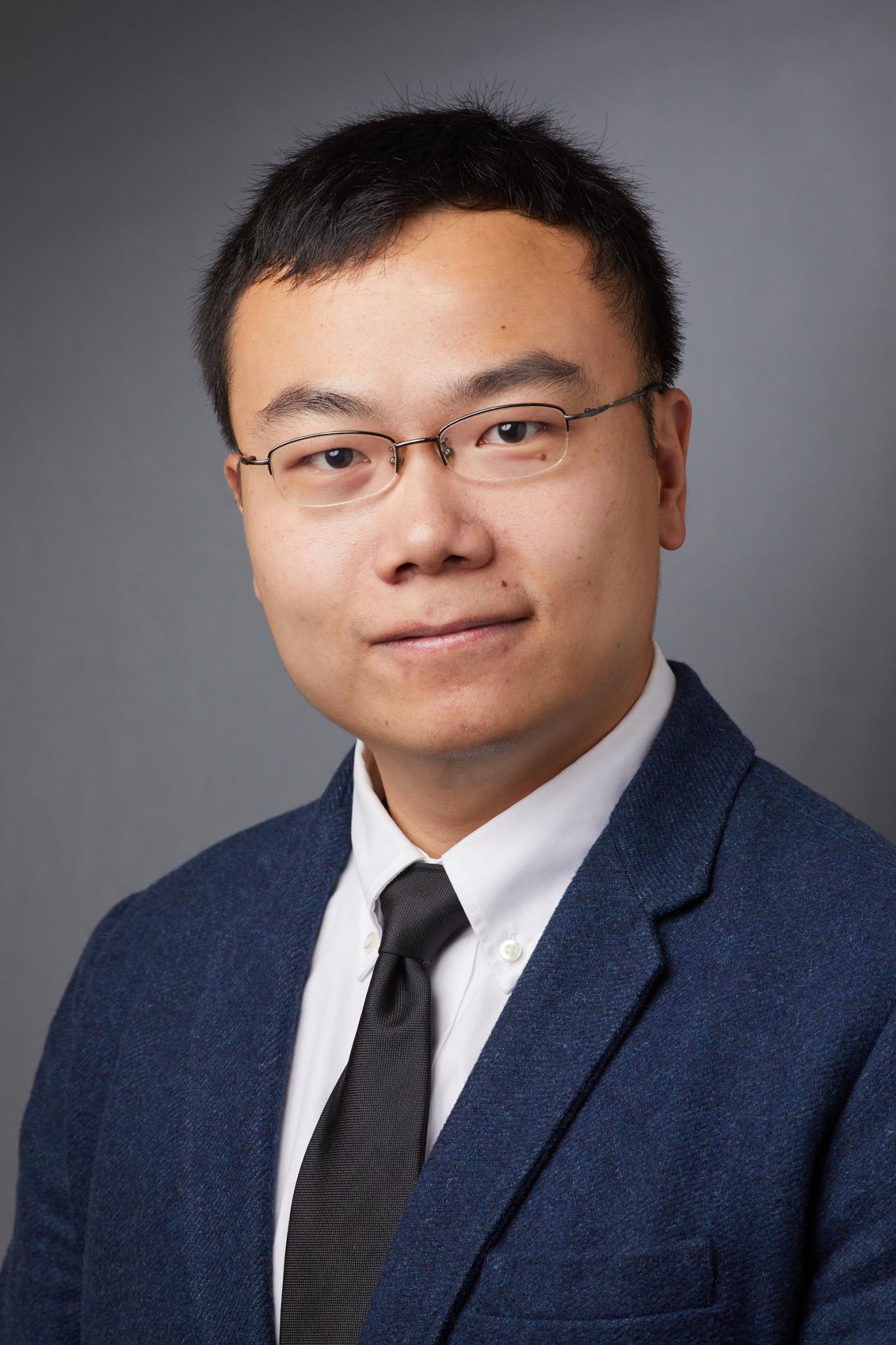Many scientists spend their whole lives toiling away in the lab, hoping that one day they develop an invention or make a research discovery that can change the course of people’s lives. Siyuan (Steven) Wang, Assistant Professor of Genetics and Cell Biology, has already done just that, and he has barely hit his thirties. Wang was recently named to the Innovators Under 35 China list, published by the MIT Technology Review, for his development of new tools for studying the 3D architecture of the genome.
“When we get an award, I wouldn’t say that’s the most exciting part of doing this type of work,” says Wang, who is humble about his accomplishments. He continues, saying “The most exciting part of this work is when you make the discovery or you make a successful invention,” the excitement he feels for science obvious in his fervent speech.
Wang got his start in science as a young boy in China. His father is a chemistry professor, and by early high school Wang had decided to follow his father’s footsteps into science, exchanging chemistry for biology. “I guess the initial interest [in biology] stems from zoology, from animal lovers!” says Wang with a chuckle. “In an alternative universe if I had not been a biologist in the end I may have been a vet.”

Wang’s physics background would ultimately come in handy. As a biologist, Wang focuses on developing tools for studying the spatiotemporal organization of cells. “Cells are not a bag of homogenously mixed biomolecules,” says Wang. “A major part of cell biology is to study organization inside of the cells.” Many of these tools rely on complex optics, microscopy, and fluid dynamics to function, drawing on Wang’s physics knowledge and enabling him to succeed in a realm where other biologists often fail.
To this end, the MIT Technology Review honored Wang for his further developments of a technique called fluorescence in situ hybridization (FISH), which allows scientists to selectively label and image specific segments of DNA inside of cells to study their organization. “There is a rapidly increasing amount of evidence showing that chromatin organization is related to many kinds of biology and medical conditions,” says Wang, claiming this as his motivation for studying DNA organization inside cells. But existing tools could only visualize a couple of genes at a time, and as a result were inadequate for mapping the complex 3D architecture of DNA. To solve this problem, Wang developed a version of FISH that enables scientists to look at numerous DNA segments in a sequential manner, allowing them to collect richer information on the structural organization of the genome.
Despite his early successes, Wang remains driven towards the future, saying that he wants his lab to become a leader in the field of 3D genomics in the coming years. He has lofty goals for himself and his team: “We want to understand the full picture of what the 3D genome looks like in different biological systems, what its function is, what regulates its organization, and based on this we want to develop new techniques that can manipulate 3D organization for disease treatments and other biomedical or bioengineering applications.” For most people, this might seem impossible, but with Steven Wang, there is no reason to expect anything less.